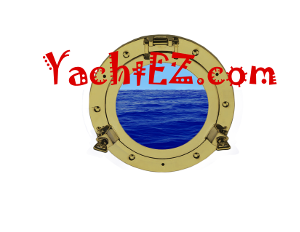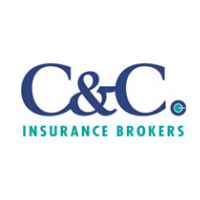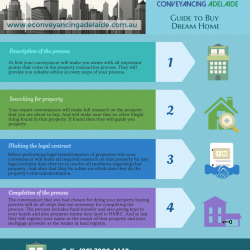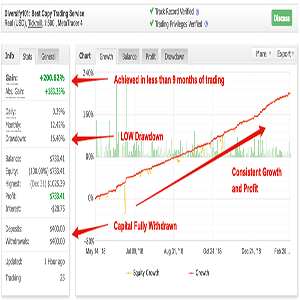First made during the nineteenth century in both France and Holland, ferrocement was moreover used for the D-Day Mulberry harbours. After a buzz of enthusiasm among homebuilders during the 1960s, ferro building has since declined.
Ferrocement is a decently unobtrusive methodology to convey a design, yet prohibited for business enormous scope fabrication. A steel and iron “armature” is worked to the particular condition of the edge, finally being covered in blended chicken netting. Then, on a singular day, the substance is applied by a gathering of plasterers. The cement: sand extent is very rich 4:1. As the design thickness is ordinarily 2.5 to 3 cm, ferrocement is unsatisfactory for boats not actually around 15 meters LOA as there is a weight discipline; over that length, there is no discipline. boat cleaning services near me
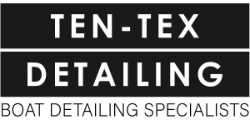
Outline types :
There are many edge types, and a designer should pick the most legitimate one for the boat’s arranged explanation. For example, a sea vessel needs a body which is more consistent and good than a casing used in streams and channels. Outline types include:
- Chined outlines: these constructions have level sheets (typically packed wood) that meet at a sharp point known as the “chine”. Chined bodies range from fundamental level lined boats where the external regions and base meet at around 110 degrees (like banks dories and sharpies) to rowboats where the base is arced as opposed to an evening out. Multi-chine bodies license a gauge of a round body shape.
- Level lined design: level lined bodies are sensible for channels and non-streaming streams. They are consistently shallow-draft and may work in shallower water.
- Migration bodies: an evacuation structure for the most part remains rather brought down. Such a design has a generally outrageous “body speed” which is a part of its waterline length. An exceptional case is a boat, whose twin casings are normally fine to the point that they don’t actuate a bow wave.
- Planning outlines: planning structures have a shape that allows the boat to rise out of the water as the speed increases. Sailboats that plane are routinely V-formed at the bows and level lined aft. Hydroplanes are very light, level lined, strong speed boats that plane actually on level water, but they become volatile in cruel water.
Glossary
- Anchor: a device for holding a boat to the seabed, typically with chain and rope. Traditional anchors fuse the fisherman, Danforth, and wrinkle types, (for instance, the “CQR” and “Delta”). Lately, verifiably more impressive anchors with more strong holding join the “Rocna” and the “Ultra”, the two of which are spade gets.
- Bitts: two or three short strong posts of wood or steel on the deck of a boat expected to take getting lines. Moreover called “bollards”.
- Bilge: minimal piece within a body. Water, fuel tanks, stabilizer, and significant stores are distinctively situated in the bilge to cut down the workmanship’s point of convergence of gravity.
- Bilge falls: a few deficits fitted on either side of the construction. Less hydro-logically compelling than an equilibrium fall, they have a shallower draft. Full-length bilge falls add rigid nature to a design. Bilge fall make are found in districts with gigantic streaming spans to keep the vessel upstanding when dried out.

